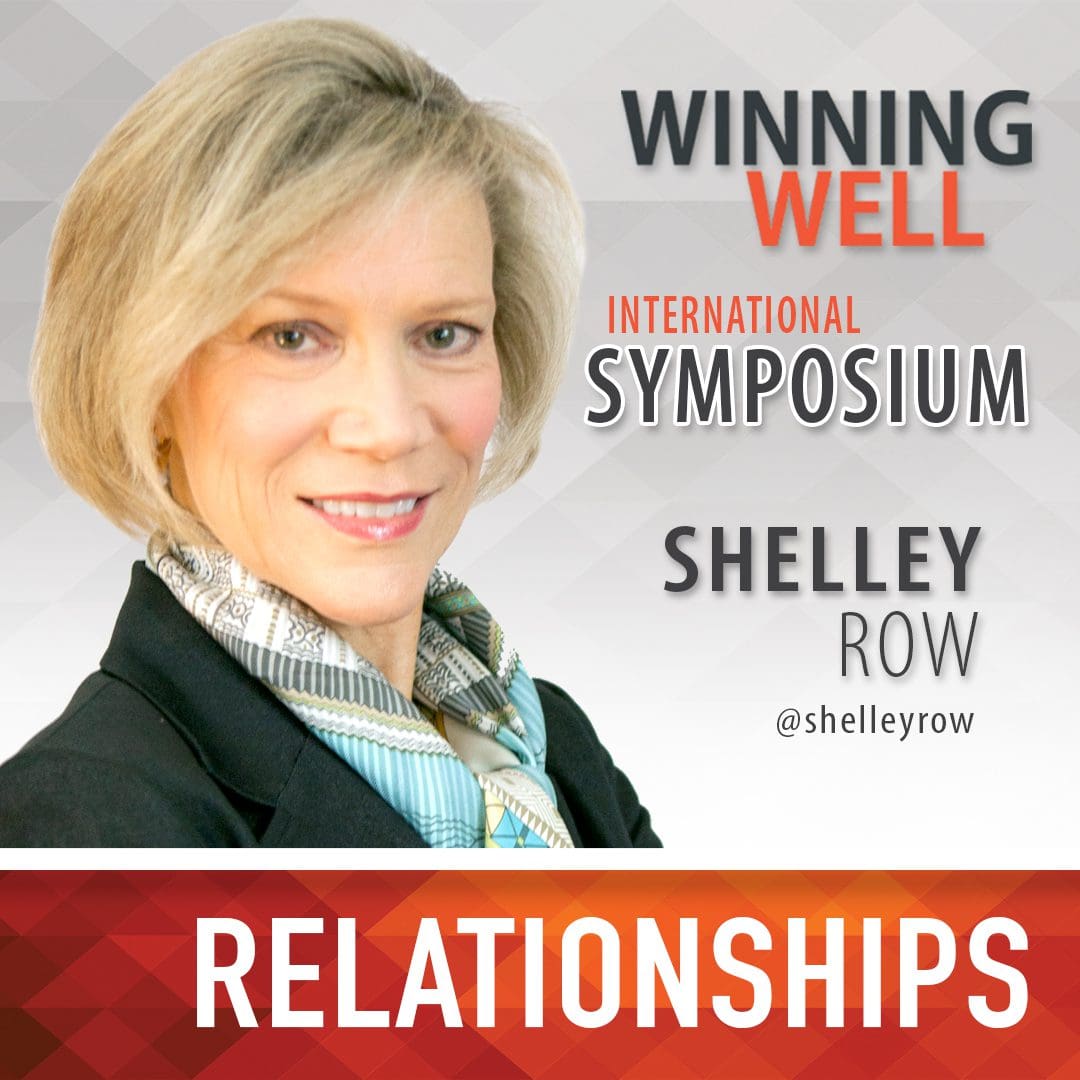Winning Well Connection
 Shelley and I got to know one another through our Mastermind group at the National Speakers Association. I admire her strategic mind and warm heart along with her amazing resiliency and poise through the most challenging circumstances.
Shelley and I got to know one another through our Mastermind group at the National Speakers Association. I admire her strategic mind and warm heart along with her amazing resiliency and poise through the most challenging circumstances.
Feeling Good By Staying Connected
Is there someone you work with who could use a little motivation? Could you use a little motivation? You can’t motivate someone else if you can’t motivate yourself and, frankly, we could all use a little motivation sometime. Too often we think of motivation as money or a promotion but intrinsic motivation comes from inside and is powerful. One of the motivation levers in the brain is connection. We feel good – and more motivated – when we feel connected.
As humans, we are designed as social creatures. In fact, we feel good when we feel connected with others. According to a Simply Psychology article, research by Solomon Asch in 1951 illustrated the strong desire to fit in under pressure. Asch showed groups of people a line of defined length and asked them to select the line of the same length from a series of three. All except one in the group were told to select the wrong answer. The test was to see whether the one person felt pressure to change their answer and conform with the group. Of twelve trials, 75 percent changed their answer to conform at least once even though it was clearly the wrong answer. Your staff and teams feel the same pressure to fit in and be part of a perceived “in-group.” You naturally want to connect with those like you because it makes the brain feel good.
Additionally, recent research shows that for those with whom we feel connected, we demonstrate more empathy, trust, and cooperation. Would it help productivity in your office if people were more cooperative? You know the answer. But at the office, we experience in-groups and out-groups. Motivation is enhanced when we feel connected.
It’s easy to think of in/out groups based on gender and race, but it goes beyond that. Do you have multiple offices? Perhaps you noticed reluctant collaboration or less motivation when working between offices. Has your company merged? If so, there may be a lack of trust between members of the formerly different companies. When I worked for a professional association, we had a headquarter’s office and state chapters. We did our best to work together but it wasn’t easy. We were parts of different groups and didn’t have a connection.
Thankfully, the brain readily accepts new connections. How can you create more connection?
You can create more connection for yourself or between others on a team.
Teams create a sense of connection by setting common goals, naming themselves as a team, jointly establishing their performance norms, and conducting team activities (field trips, happy hours, lunches). You can also create individual connections by seeking out commonalities. The gruffest colleague may soften when connecting about kids, sports, or a shared hobby. Connection fosters greater trust and collaboration.
And for you, personally, who can you connect with that would instill more motivation? Invite them to coffee or lunch and listen for opportunities to connect. I’m a member of a speaking association and while they are a wonderful, talented, generous group of people, they can be a little intimidating and effervescent for this introvert. I sought out the organization’s president because, as a scientist, I sensed a quiet thoughtfulness. Over lunch, which he graciously accepted, I found a kindred spirit who gave me valuable advice about how to better connect with my high-energy, uber-talented colleagues. I left feeling more motivated because I felt that I had a connection in the association.
Who can you connect with? How can you help others find connections within your organization? Both will increase motivation and, frankly, it makes coming to work more fun.
https://www.shelleyrow.com/store/think-less-live-more-book/
Winning Well Reflection
The trust you need to create lasting breakthrough results, both between you and your team and with team members among themselves, comes from understanding and shared experience. Shelley’s invitation to create connections through personal interest, mutual goals, and spending time together are essential ingredients for high-performing teams that care for one another and supplement one another’s strengths with their own.







0 Comments